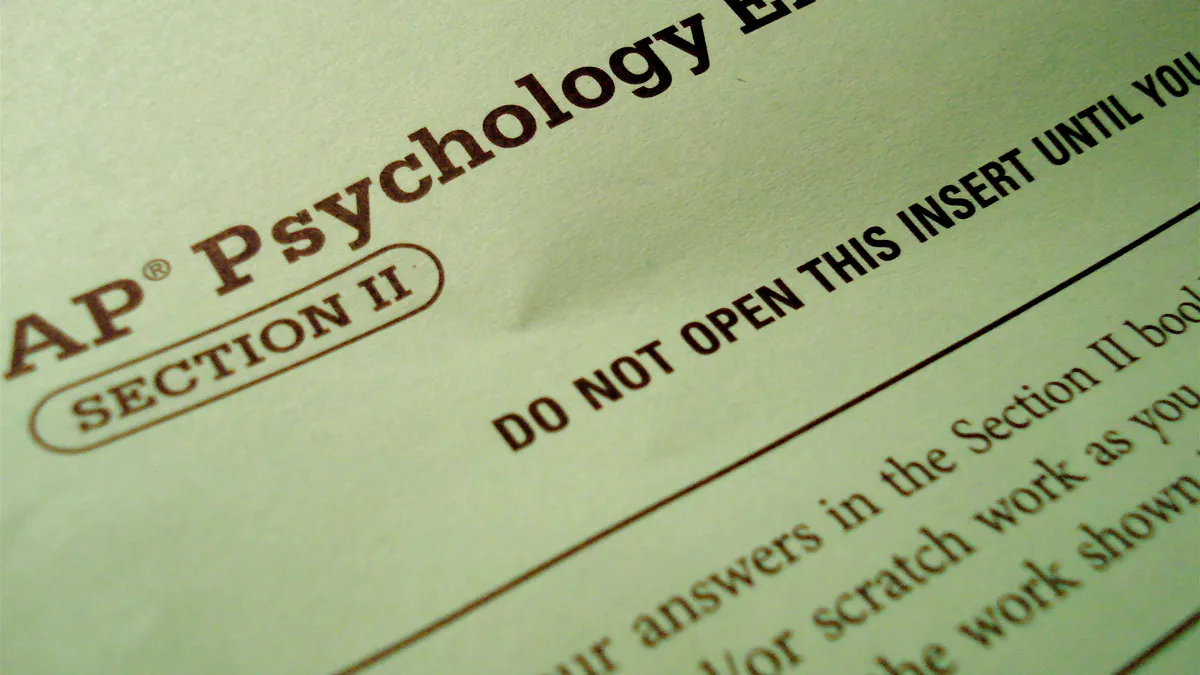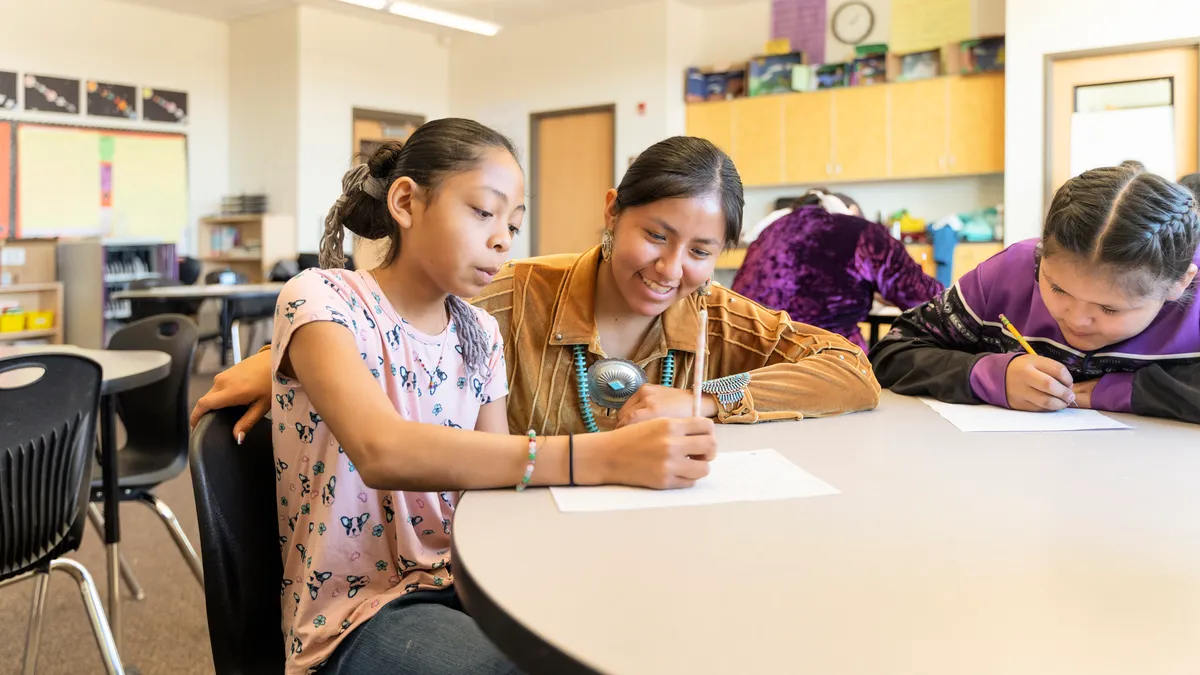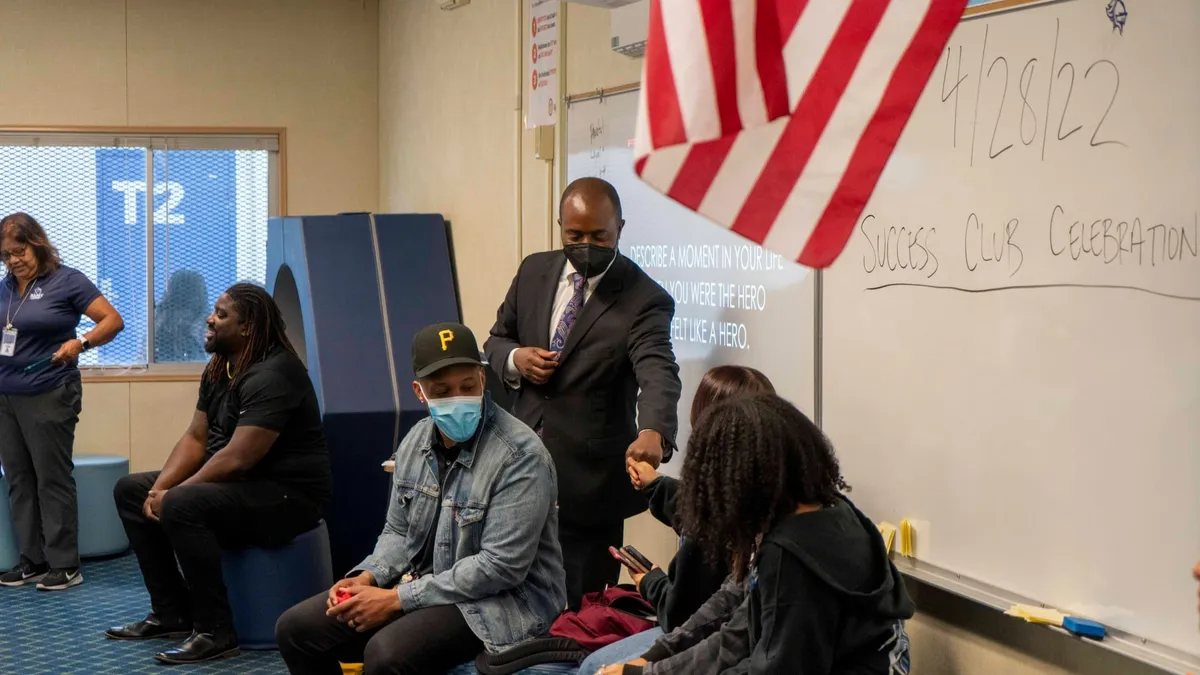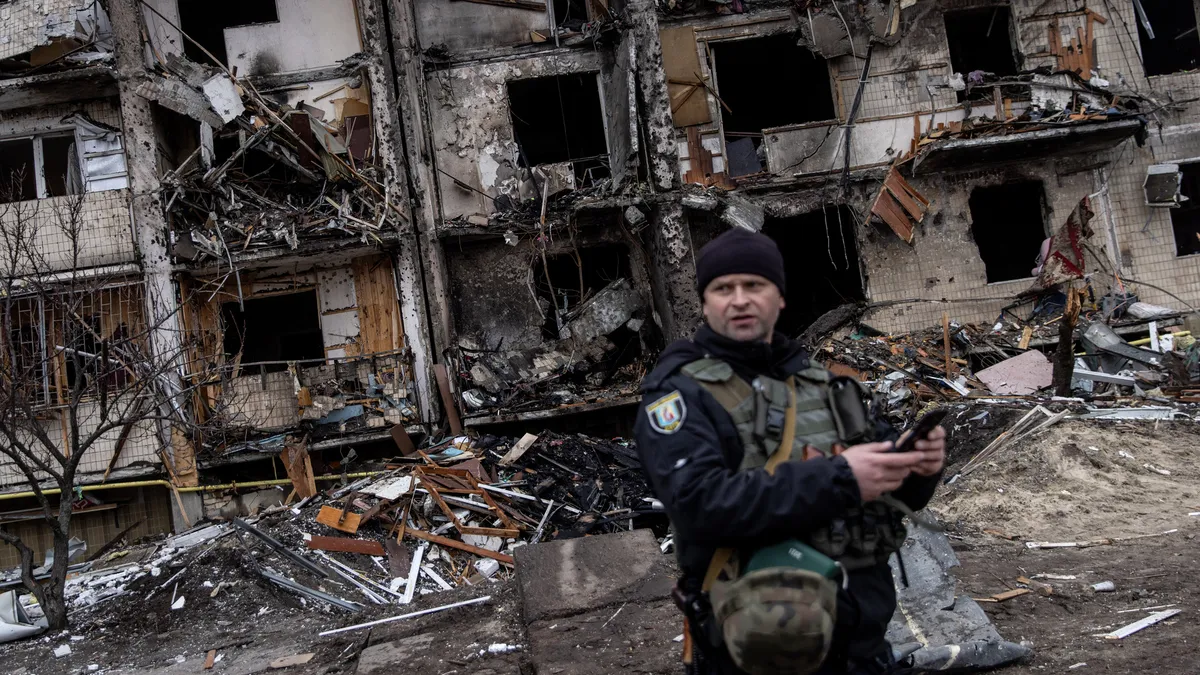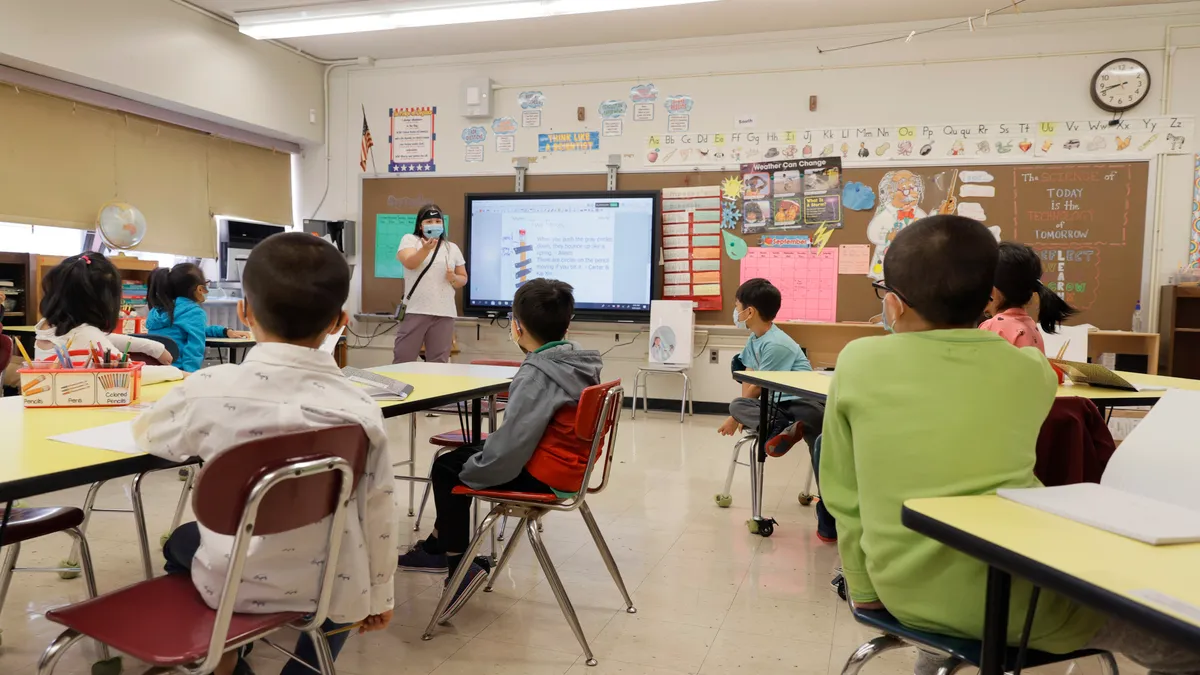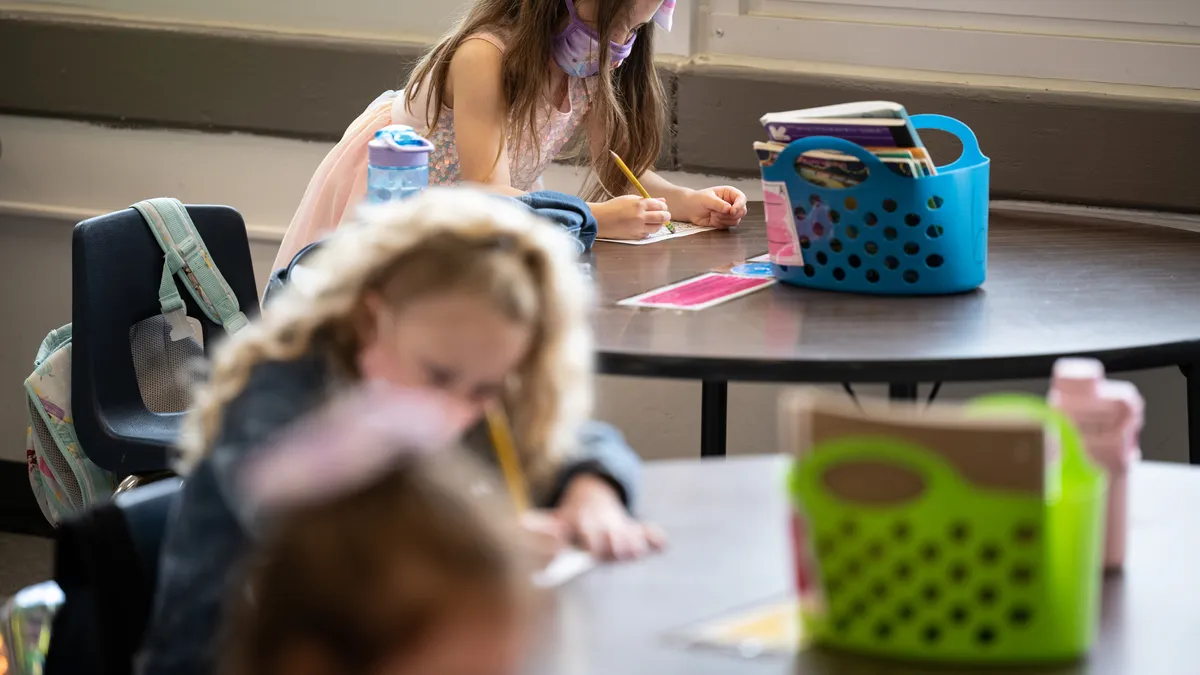When Shannon Wianecki was in seventh grade, multiple incidents involving school staff made her feel uneasy.
The dean of students, she says, often called female students into his office for "uniform violations," which typically meant skirts were too short.
“Several times I was alone in his office and he would have me turn around in front of him, over and over, then measure the length between my skirt hem and knee with his hands,” Wianecki said.
At the time, she felt like she didn’t know if the situation was serious enough to report.
Later on, when she was in high school, another incident occurred.
“One of the substitute teachers would lick his fingers, smooth my eyebrows down, and say: there, now you're perfect,” she said. “He also said more than once that he would be willing to massage my cellulite if I ever got old and fat.”
And as a senior in a different high school, Wianecki said her debate coach encouraged her to wear short skirts during competitions, and once forcibly kissed her after buying ice cream after a debate.
She’s far from alone in being victimized by K-12 school staff in positions of authority.
When author Hope Jahren wrote an op-ed for the New York Times called “She Wanted to Do Her Research. He Wanted to Talk ‘Feelings,’” which detailed harassment in universities, Jahren’s piece was met with a robust response from hundreds of women on Twitter.
A day after the story ran, she tweeted:
Wianecki was one of them.
“Happened to me,” she wrote to Jahren. “So often I didn't even realize it was odd.”
In higher education, sexual assault and harassment occupies seems to be a constant topic of conversation. But it is rarely discussed in K-12 contexts, despite studies that have shown that the problem is pervasive.
One 2011 study by the American Association of University Women (AAUW) found 48% of middle and high school students between the ages of 12 and 18 reported being sexually harassed at least once, usually by peers, during the 2010-2011 academic year.
The gender breakdown in the report was significant: 56% of of girls reported being sexually harassed as opposed to 40% of boys.
The problem isn’t new. Previous research put the number of children and teens sexually harassed at school as high as four out of five.
Studies compiled by Dr. Nan Stein of the National Violence Against Women Prevention Research Center at Wellesely College led Stein to conclude that “a universal culture of sexual harassment with no significant racial differences” was flourishing in America’s secondary schools.
To make matters worse, when educators and school staff are the perpetrators, it can be extremely difficult for a student victim to obtain redress.
A recent year-long USA Today investigation showed some teachers are able to continue in classrooms even after being fired or having their credentials suspended or revoked, due to a faulty inter-state tracking system.
“The patchwork system of laws and regulations — combined with inconsistent execution and flawed information sharing between states and school districts — fails to keep teachers with histories of serious misconduct out of classrooms and away from schoolchildren,” noted Steve Reilly, the investigation's author.
No federal database exists, and the most comprehensive collection of teacher discipline information today is collected by a nonprofit, the National Association of State Directors of Teacher Education and Certification (NASDTEC), which compiles voluntary offerings from states.
Reilly’s exposé found “fundamental defects” exist in teacher screening systems in over 13,000 school districts around the country, allowing teachers to keep working in new states.
For those teachers accused of committing serious sex offenses, few ultimately end up on registered sex offender lists.
If teachers voluntarily surrender their licenses, instead of having them formally revoked, then state education departments may drop their investigations into any allegations.
The incident can be pursued by other state agencies, like the Department of Children and Families or local law enforcement, but that generally requires school boards to hand over their own findings.
Those findings are often confidential, and sometimes inconclusive, especially in the case of voluntary license surrender. Handing over information can, in some cases, leave districts open to potential lawsuits from the teacher or school official in question.
As for the many like Wianecki, who never spoke out about sexual harassment when it happened, revelations that trickle out later on can be haunting.
“Just a year ago, I got a letter from a law office announcing a law suit against one of the brothers at this [St. Anthony’s] school for sexual abuse; apparently I wasn't the only one,” Wianecki said. “Many probably suffered much worse than I did.”
Would you like to see more education news like this in your inbox on a daily basis? Subscribe to our Education Dive email newsletter! You may also want to read Education Dive's look at the benefits of using video in classrooms.





